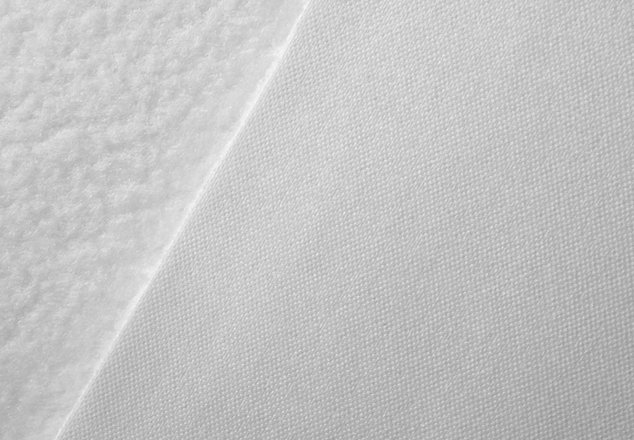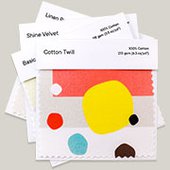Stretch Fabric Printing
 Softshell
300 gsm, Polyester 94% / Elastane 6%
Breathable, windproof and water resistant fabric with fleece on the reverse side.
$33.00 /meter
$21.70 with bulk discount
Softshell
300 gsm, Polyester 94% / Elastane 6%
Breathable, windproof and water resistant fabric with fleece on the reverse side.
$33.00 /meter
$21.70 with bulk discount
 Sport Lycra
210 gsm, 82% Polyester/18% elastane
Four-way stretch fabric with matte texture for premium sportswear and swimwear applications.
$27.00 /meter
$18.98 with bulk discount
Sport Lycra
210 gsm, 82% Polyester/18% elastane
Four-way stretch fabric with matte texture for premium sportswear and swimwear applications.
$27.00 /meter
$18.98 with bulk discount
1 day fulfillment
Your individual made product will be ready to ship in 1 day.
Worldwide delivery
We work with most couriers and deliver to anywhere in the world.
Satisfaction guaranteed
Didn’t get your order? We’ll give you a refund or a free reship.
Facts about elastane fabric
Elastane was invented in 1937 in Germany, originally, as a substitute for rubber. It is made of polyurethane, which is a polymer produced by a chemical reaction of a polyester with a diisocyanate. The resulting polymer is then spun into fibers. It is considered an elastomer due to its ability to recoil to its original length after being stretched up to seven times its length.
When you think of elastane, the names Spandex and Lycra sound like brand names for this material, however Spandex is a simple anagram of the word “expands”, whereas Lycra is indeed a brand name by DuPont, which was launched in 1962.
Because of its elasticity and strength, elastane is often used to make clothing. It is commonly mixed with cotton to make things like tights, bras and underwear. Elastane is especially common in sports clothing. It is also often used to make swimsuits and wetsuits, because elastane dries more quickly than many other fabrics.
Elastane fibers have several properties, which make them very useful in the textile industry.
The first and most important one is the stretchability of the fibers, which are capable of stretching up to 500% their original length, and then return to the original length after the tension is released, without losing their shape or ability to stretch again in the future.
It’s for this reason that elastane is the most stretchable of all textile materials available.
These fibers are highly resistant to abrasion and also very lightweight, which is the second most important quality and reason for why they are used.
In combination with other lightweight fabrics, elastane makes the finished garment fit more comfortably, while also allowing for a wide mobility range. Think of yoga pants, for example.
Another characteristic is its lack of sensitivity to sea water, sunscreen, different cosmetics, body oils and perspiration, as well as detergents.
In fact, elastane fibers are incredibly easy to care for and often times all they need is a quick rinsing, no need for washing machines or fabric cleansers. One such case, for example, are swimsuits that are made with elastane fibers.
Lastly, there are no pilling or static issues with elastane fibers, thus they won’t lose their appearance over considerable periods of time.
